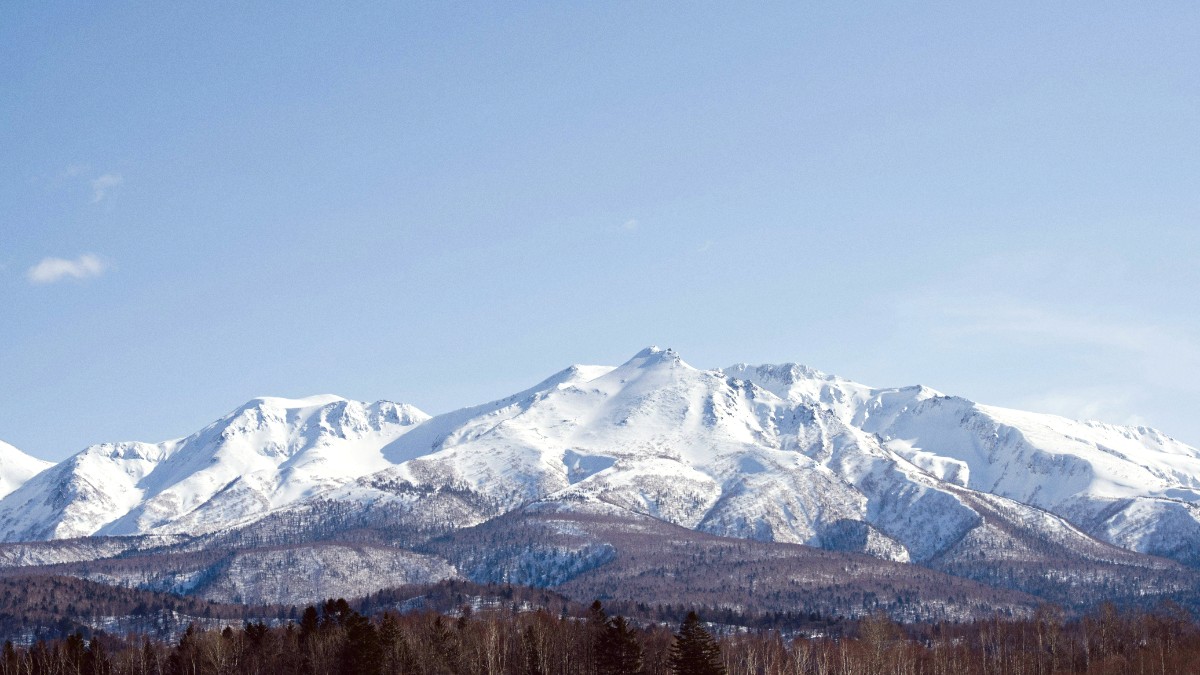
Hokkaido, Japan
Many nationalities, including citizens of the United States, Canada, United Kingdom, Australia, New Zealand, and most European Union member states, may visit Japan for up to 90 days for tourism, business meetings, visiting relatives, or transit without needing a visa. Your passport simply needs to be valid for the duration of your stay. For longer stays or other purposes (working, studying), a specific visa application at a Japanese embassy or consulate in your home country is necessary.
Regardless of visa needs, certain documents are consistently important for entry. Your passport must be valid for your entire stay. Immigration officials may ask for a return or onward ticket to confirm your departure. Demonstration of sufficient financial resources to cover your expenses during your stay is also advised. Complete the immigration form, received on your flight or at the port of entry, accurately before reaching the immigration counter.
There are no specific entry fees for standard tourist visa waiver entries into Japan. Upon arrival at New Chitose Airport (CTS) or any other Japanese port, proceed to the immigration counter. Officers will take your fingerprints and a photo. The process is typically efficient.
A departure tax of JPY 1,000 per person is included in the price of international airfare or sea fare when departing from Japan. This tax applies to both Japanese citizens and foreign visitors and is part of your ticket cost.
Daily: ¥6,000 - ¥10,000 / $40 - $70 USD
Hostel dorms (¥3,000-¥5,000)
Convenience stores, public transport (¥500-¥1,000)
Daily: ¥12,000 - ¥25,000 / $80 - $170 USD
Business hotels (¥7,000-¥15,000)
Casual restaurants, occasional taxis (¥1,000-¥2,000)
Daily: ¥30,000+ / $200+ USD
Luxury hotels (¥20,000+)
Fine dining, private transfers (¥3,000+)
The official currency of Japan is the Japanese Yen (JPY, ¥). Exchange foreign currency for Yen at major banks, post offices, and dedicated currency exchange counters. New Chitose Airport (CTS) has several exchange counters. ATMs are widely available, especially in convenience stores (7-Eleven, Lawson, FamilyMart) and post offices, accepting major international cards.
Credit card acceptance is widespread in Sapporo at hotels, department stores, major restaurants, and larger shops. However, cash remains important. Many smaller establishments, local eateries, and some public transport may accept cash only.
Affordable, quality meals like bentos, onigiri.
City center is very walkable, saving transport costs.
Save money on multiple rides with daily passes.
Enjoy cheaper lunch sets at many restaurants.
Visit Odori Park, Sapporo Beer Garden Museum (museum section), Moerenuma Park.
Sapporo is a very safe destination.
Influenza and common cold are prevalent, especially in cooler months. Practice good hand hygiene; wash your hands frequently or use an Alcohol-based hand sanitizer. Consider wearing a mask in crowded areas. Sunburn is a risk in all seasons due to UV rays; use Sunscreen, a hat, and Sunglasses. Dehydration can occur in summer and winter; drink plenty of fluids. Sapporo's tap water is safe to drink.
Japan offers a high standard of medical care. Hospitals and clinics are available throughout Sapporo. Larger hospitals often have English-speaking staff or access to translation services. Medical costs can be expensive without insurance.
No specific vaccinations are important for entry into Japan for general tourists. However, it is always a good idea to ensure your routine vaccinations are up-to-date. Consult a travel health professional or your doctor at least 4-6 weeks before your trip. They can provide personalized advice based on your health history.